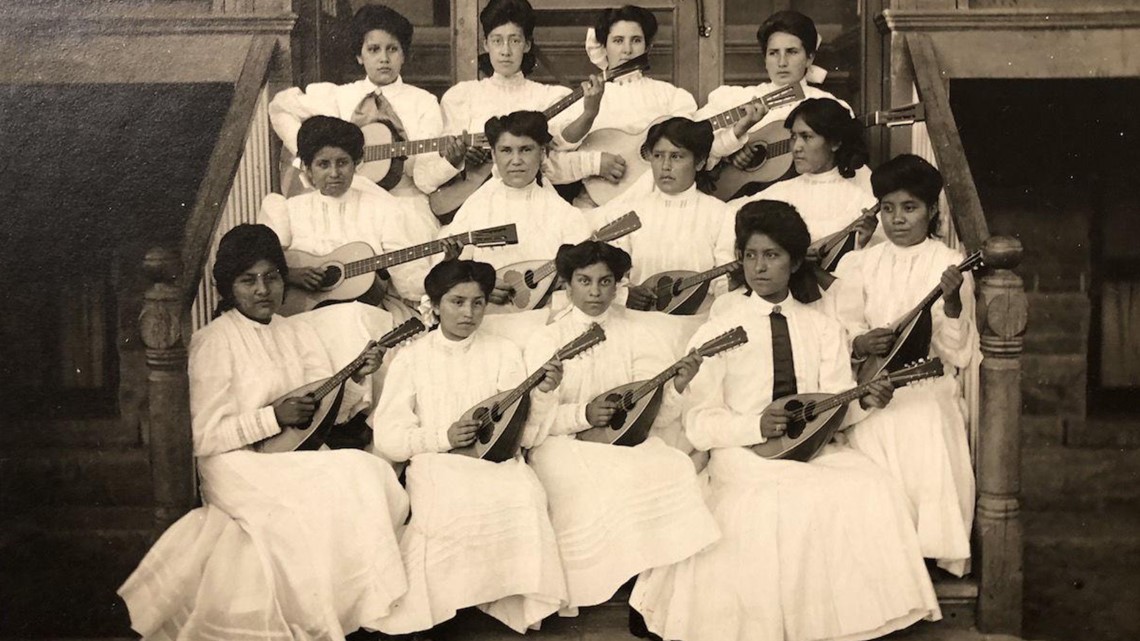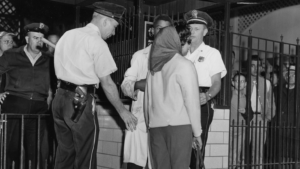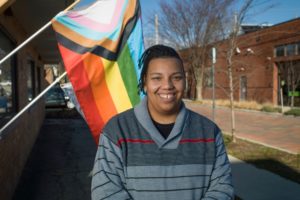Colorado currently owns the land near the former Grand Junction Indian School. John Seebach with Colorado Mesa University has long-studied the history.
GRAND JUNCTION, Colorado — An archeologist says time may be limited to find remains of native children buried outside a former boarding school for indigenous people in Grand Junction.
Colorado owns the land near the former Grand Junction Indian School, also known as the Teller Indian School. The Grand Junction Regional Complex, a residential facility for people with intellectual and developmental disabilities, currently uses the land. But a state law from years ago requires the state to close the facility and either sell the land or transfer it to another governmental agency.
John Seebach, a professor of archeology at Colorado Mesa University, has long studied records about the facility that seem to indicate the existence of a cemetery at the school, which closed in 1911. Working with funding from the university and support from nearby tribes, Seebach said he scoured the National Archives for information about the former boarding school.
Through anonymous newspaper accounts, he said he was able to conservatively estimate there are at least 21 children buried near the facility. He worries the number could total near 50.
“I had a team of cadaver dogs out there and two of the dogs signaled to the possible presence of human remains in that area,” Seebach said.
That was in 2019. He said he hasn’t been able to make much progress since. And Seebach worries the progress could be hindered if the state goes ahead with plans to shut down the residential facility and sell the land.
A spokeswoman for the Colorado Department of Human Services (CDHS) said the possible presence of remains “does not change CDHS’s statutory requirement to sell or transfer the land.” She said the state had developed a task force to work with tribal leaders and other experts.
Seebach said if he ever does discover remains, he would defer to tribal leaders to determine the next course of action. He said from an archeological standpoint, it may be difficult to distinguish identities or even tribal identities for the remains.

Credit: Museums of Western ColoradoGrand Junction Indian School
Manuel Heart, chairman of the Ute Mountain Ute tribe, said if the remains are found, they should be brought to their homeland or put in a place where they can be properly honored.
”For six generations, maybe seven, our grandparents and our great grandparents were forcibly removed from families and assimilated into the non-Indian world,” Heart said. “They took away our language, they took away our culture, we weren’t allowed to celebrate the ceremonies we once had.”
“It’s really about history and telling the true story about it,” he said. “Today it is not told. It’s only coming about right now because they’re starting to find remains at some of these boarding schools.”




